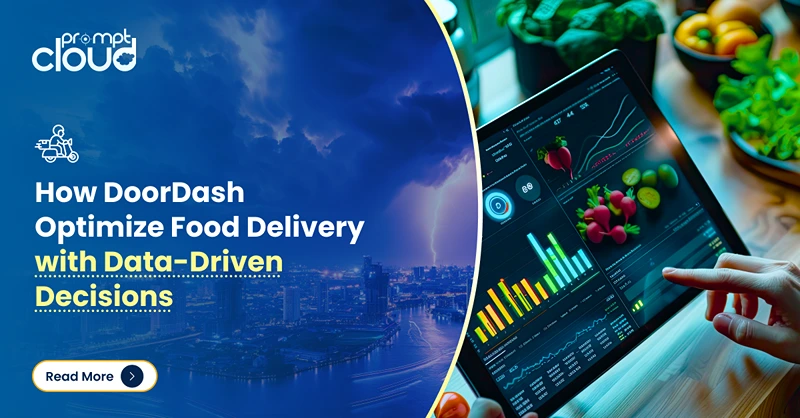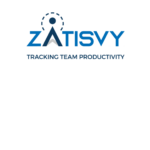
Gartner predicts that the Software-as-a-Service market is set to reach $22.1 billion by 2015. DaaS is poised to become an integral part of business intelligence and analytics, possibly garnering a decent share of this pie in the process. Big data has become a crucial aspect of strategic intelligence of many corporations, providing them competitive advantage by enhancing the value that various business functions deliver.
By 2020, the scope of pattern recognition and data analysis in real-time will improve with an advancement in technology. Even more open source, DIY tools will lead the way towards user innovation, enabling an improved understanding of people and the world. However, as most of the data will be accessible by corporations and governments, their motives regarding how to use this data as well as privacy concerns of users revolving around data capture will be the biggest determinants of big data growth.
DaaS in Business Intelligence
The business intelligence space is growing faster than many organisations would have anticipated. Companies are moving towards more comprehensive insights concerning consumer behavior and internal processes. This has led them to move beyond the traditional data management towards more intelligent, real-time and proactive BI analytics. Earlier, organisations that were using licensed software applications, are now hiring out vertical-specific data service providers that also bring along analytic capabilities. Apart from BI, many other industries such as healthcare are witnessing rapid adoption of big data, proving to be a real life-saver.
Personalization of customer experience & influencing war sentiment
The future of e-commerce is mass personalization, and to achieve that, humongous amounts of data needs to be monitored, analyzed and recommendations made in real-time. For example, if a user inputs a search term for let’s say Apple’s iPhone 5S, suggesting an iPhone case that suits the user’s taste (based on past buying experience or profile) within milliseconds can be done using data. Online services such as Amazon, Google Play store, Netflix already provide real-time recommendations on the basis of previous behavior or profile of a user. This not only saves the user’s time but also enhances user experience as they’re introduced to products that they only had a latent need for.
According to Sean Gourley of Quid, governments are increasingly using big data in war zones to predict attacks or influence violent sentiments on social media. In the future we can expect data to be a core part of war strategies, and a major tactical advantage. Sean also mentioned that to solve the biggest problems of the world, a shift in focus from data science to data intelligence is required. The primary difference between these two is that while data science is about finding correlations, data intelligence refers to solving real problems.
Roadblocks to DaaS adoption
DaaS integration must be aimed at achieving simplicity. Towards that, it should derive from SaaS – which has based its growth on simplified business processes. As more and more business people realize the importance of real-time data capture and analysis, data as a service is set to become an integral part of BI.

















































